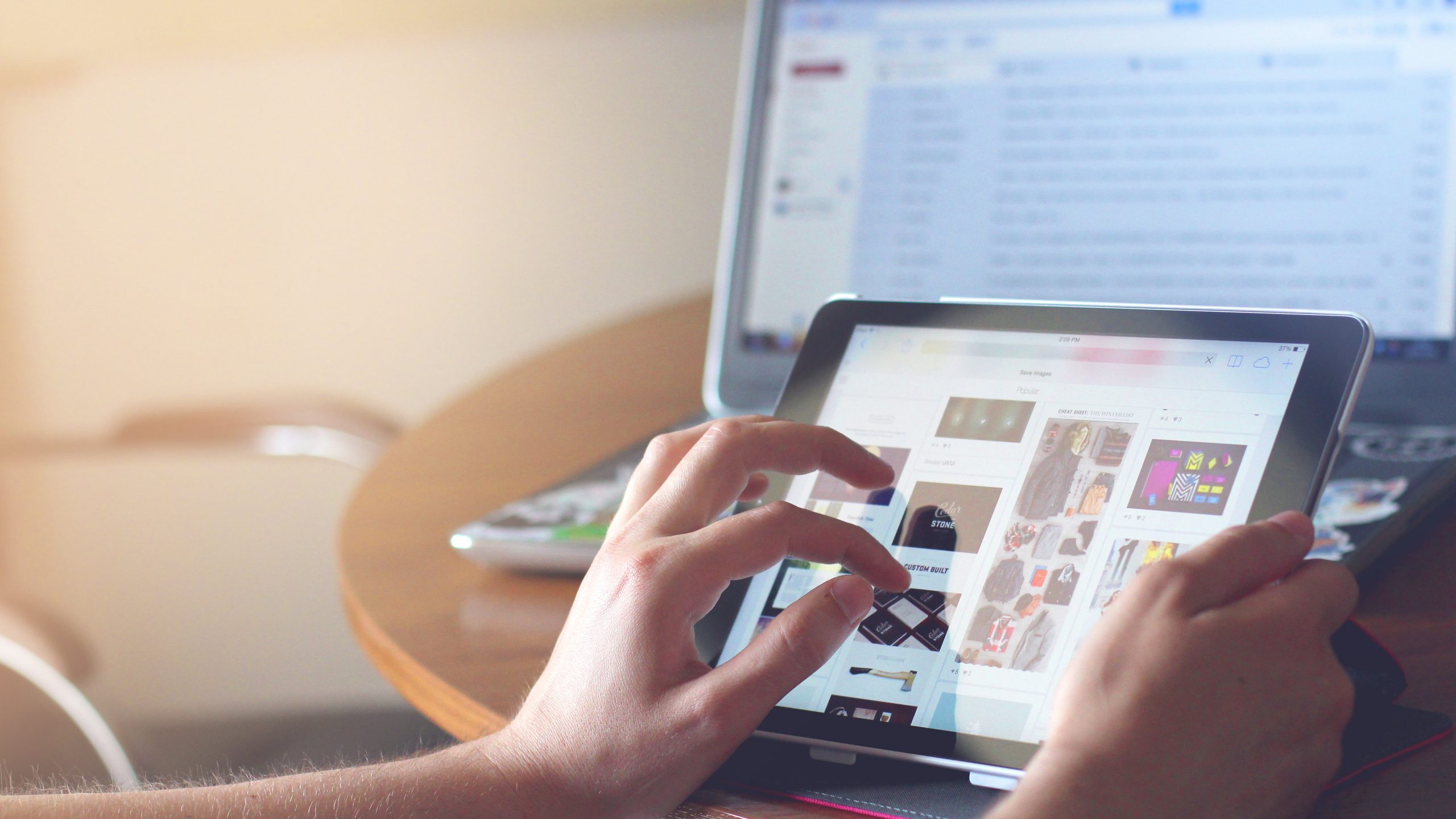

Googling four things at a time, answering an email while you’re on the phone. In the middle of writing that report trying to catch up on the most important topics of the news. It’s not a secret that all of us multitask all the time. But do we know why we do it? And how does it affect our work? A little hint: it’s an addiction, it’s extremely bad for your focus and best to unlearn it as soon as possible.
Your brain prefers the easy way. The email that just entered your mailbox is easier to reply to than solving the problem you have been thinking about for hours. So instead of keeping focused on the work, your weakened brain decides to opt for the fast, easy stimulus and opens the email.
You want to feel indispensable. Keeping balls in the air all day long gives you a pleasant feeling. While singletasking – being concentrated on one single task – you will miss the feeling of being indispensable.
You’re a junkie. Constantly switching between tasks and activities is very addictive. Every time we do that, we experience a new stimulus, and that gives us a shot of dopamine. Dopamine is the neurotransmitter that also goes by the name of ‘happiness hormone’ and is released in our brains when we eat comfort food, have sex, or… receive information. When you get an email, then you instantly experience a feeling of happiness.
But: the impact of dopamine is also quickly gone. Gone with the feeling of happiness. Even more: after you got that brief shot of happiness, your dopamine level falls back below its starting point. You feel unhappier than before you clicked on the email. To compensate, you start looking for stimuli again. The result? A multitasker is like a junk who needs more and more stuff and who constantly looks for his next dopamine fix.
It makes you lose lots of time. Every time you switch between tasks you pay a switching cost: after a distraction it takes 25 minutes before you are 100% fully focused again. When you multitask, you are 40% less productive than when you singletask.
You create more work pressure on yourself. By switchtasking constantly, it takes a long time before you are totally ‘in’ a task. Therefore the time to fully focus on that task is significantly reduced. You get less work done, which causes you to experience more work pressure.
It stresses you out. Because you lose time to fast stimuli and switchtasking, the biggest, most important tasks remain on your to-do-list. This gives you extra stress, which makes your brain capacity and focus drop. Because your brain only does half the job, and you are no longer intellectually capable of starting the most important tasks, you ignore them. Again, you choose the fastest stimuli. This is how you end up in a vicious circle in which you can no longer work efficiently, you experience more stress and you have a higher risk of a burnout.
Focus makes you happier than dopamine shots. By working in a focused way, you end up in a ‘flow’. Flow is the nice situation of productivity that causes you not to notice that it’s already dark outside, that you are hungry and that you didn’t check any apps or Facebook. You feel like you’ve done three days’ work in only a few hours. Just like with an information stimulus, something happens in your brain during a flow: it will start producing certain happiness hormones (like: endorfines) that make you happy. Only with a flow does it have a long term effect. Sustainable concentration makes you a lot happier than the easy stimuli.